In a recent interview, former U.S. President Donald Trump asserted that negotiations for a peace agreement to end the war in Gaza are in their “final stages.” He expressed confidence that all relevant parties are now engaged and that a breakthrough could pave the way for broader peace across the Middle East.
Behind the Scenes: Key Players and Meetings
Trump’s push toward a Gaza peace deal has involved several high-level backchannel efforts. His son-in-law Jared Kushner has reentered the diplomatic mix, joining envoys like Steve Witkoff in recent meetings with Israeli Prime Minister Benjamin Netanyahu. These discussions aim to close the remaining gaps between U.S. proposals and Israeli demands.
A crucial point of disagreement is how strictly Hamas would be disarmed under the agreement. Israel insists on stronger, binding guarantees, while U.S. efforts have offered more flexibility. Another contentious element is the role of the Palestinian Authority in postwar governance of Gaza—Israel remains wary about how much power to cede to it.
Trump’s team has presented a 21-point plan to Arab and Muslim leaders outlining the framework of the proposal. Among the plan’s broad strokes are expectations for a ceasefire, hostages’ return, and a gradual transition toward stable governance in Gaza.
Hamas Remains Silent, Conflict Intensifies
Despite the optimism from the U.S. side, Hamas has publicly stated that it has not received any formal proposals from mediators in recent weeks. The group also underscored that negotiations have been stalled since an assassination attempt on some of its leaders in Doha nearly three weeks ago.
Meanwhile, Israeli military operations in Gaza continue to surge, particularly in the city’s central districts. Airstrikes and ground movements have intensified, further straining the humanitarian condition inside the territory.
Political Stakes and Obstacles
Netanyahu appears cautiously cooperative with the U.S. push, but internal pressures within his ruling coalition complicate matters. Hardliners in his government have openly threatened to exit if Israel makes significant concessions. Any agreement passed through the Israeli parliament will require delicate balancing.
On the Palestinian side, the widespread devastation in Gaza, mass displacement, and urgent need for humanitarian relief push pressure for a ceasefire. But key sticking points remain, such as where displaced residents will live, who holds security control, and how to dismantle Hamas’s military networks without sparking renewed conflict.
What to Watch
- Whether Netanyahu agrees to the disarmament and transitional governance terms
- If Hamas responds with formal acceptance or further demands
- How regional states like Egypt, Qatar, Saudi Arabia, and the UAE influence the process
- The timing and sequencing of hostages’ release, ceasefire enforcement, and reconstruction
- Domestic political fallout in Israel and among Palestinians if the deal fails
Trump’s new diplomatic push represents one of the boldest peace proposals yet in this long and brutal conflict. But as always, words must translate into enforceable commitments—and pressure will mount fast if any side is seen as reneging or dragging its feet.

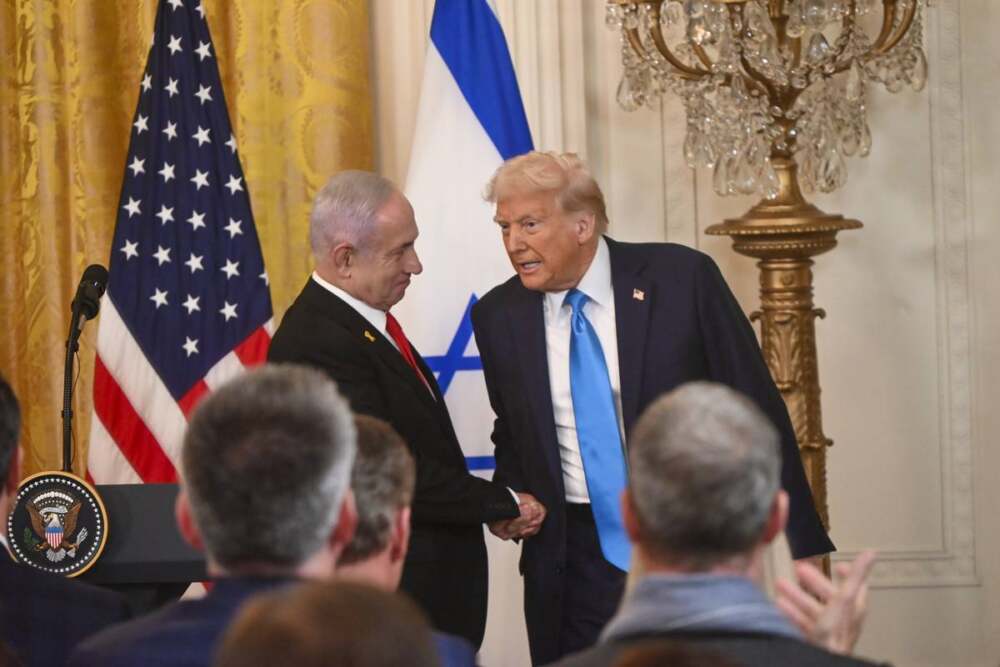
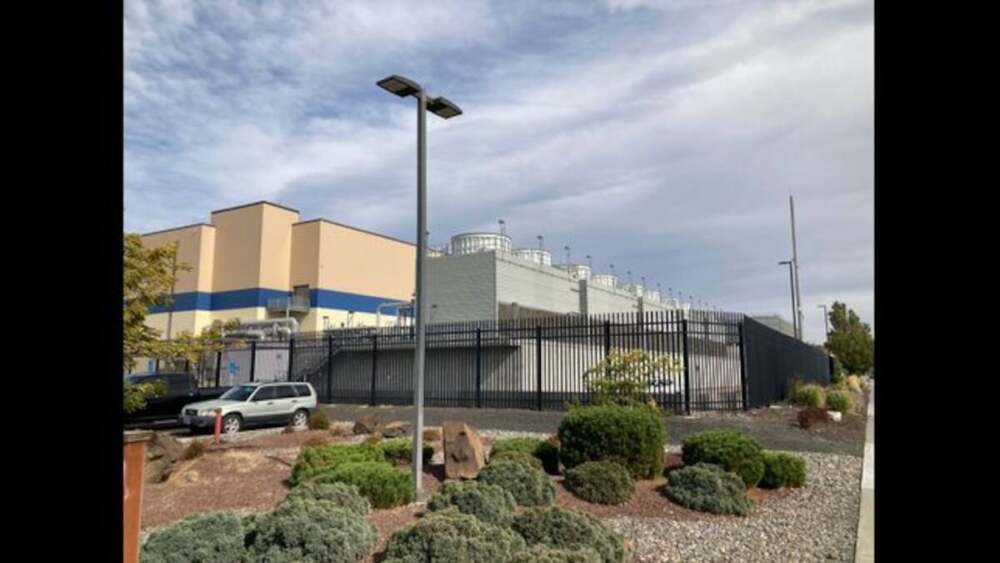
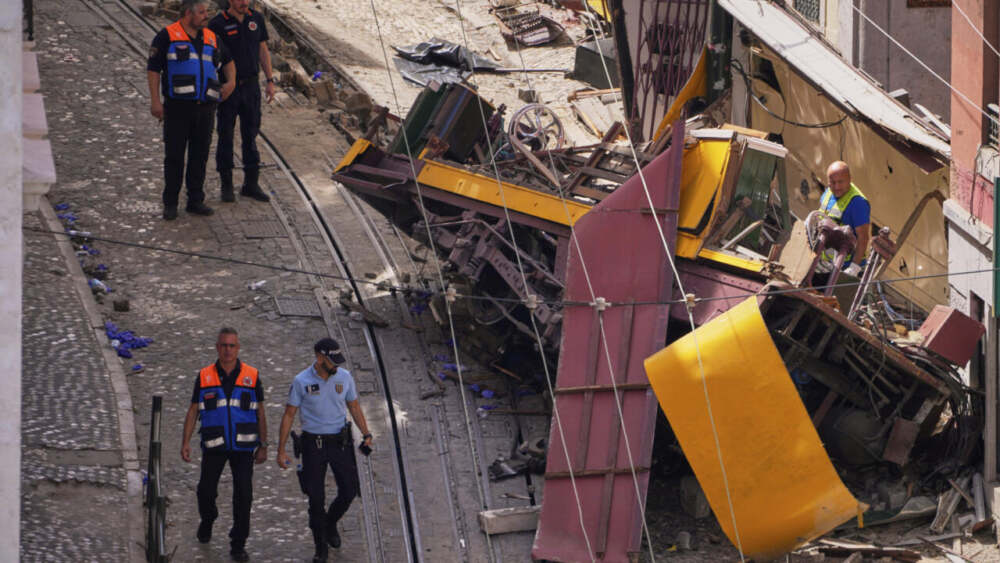
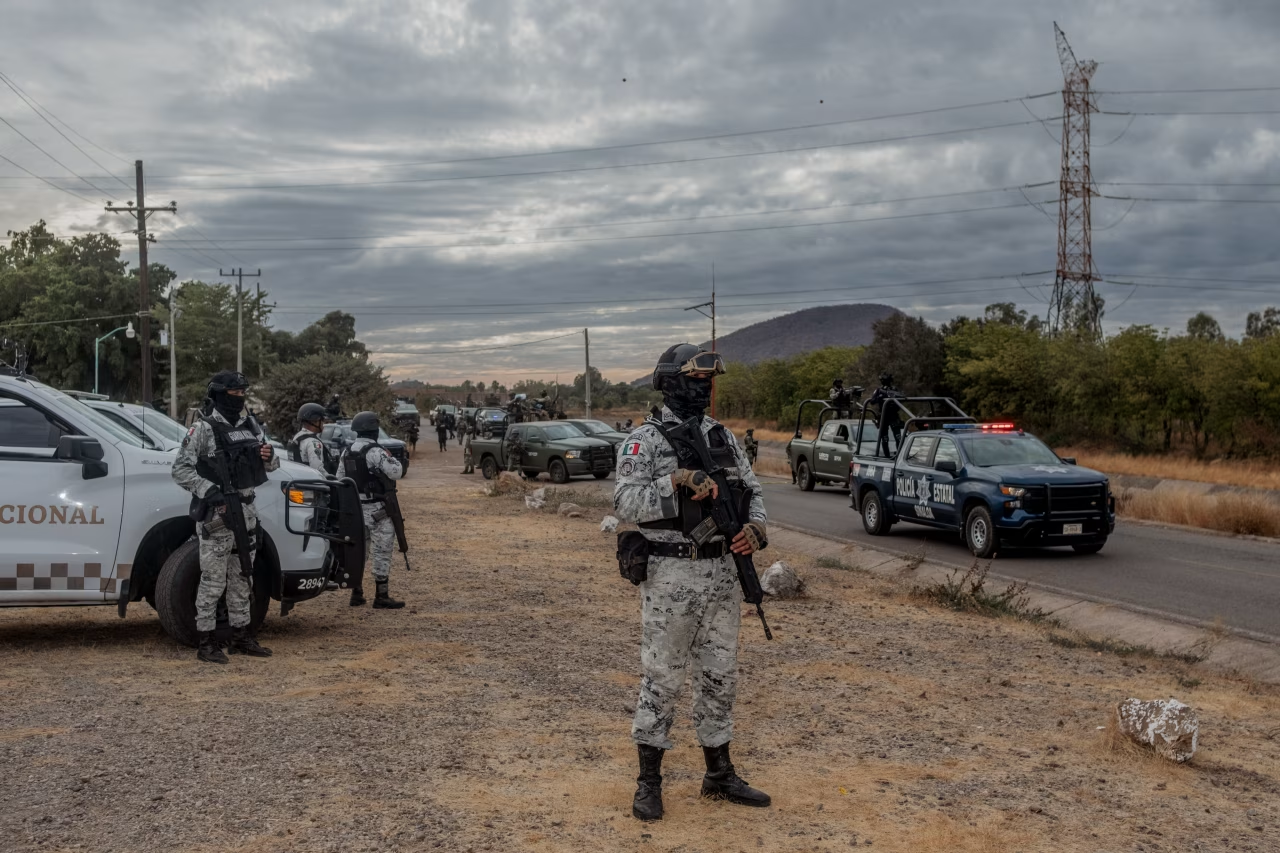
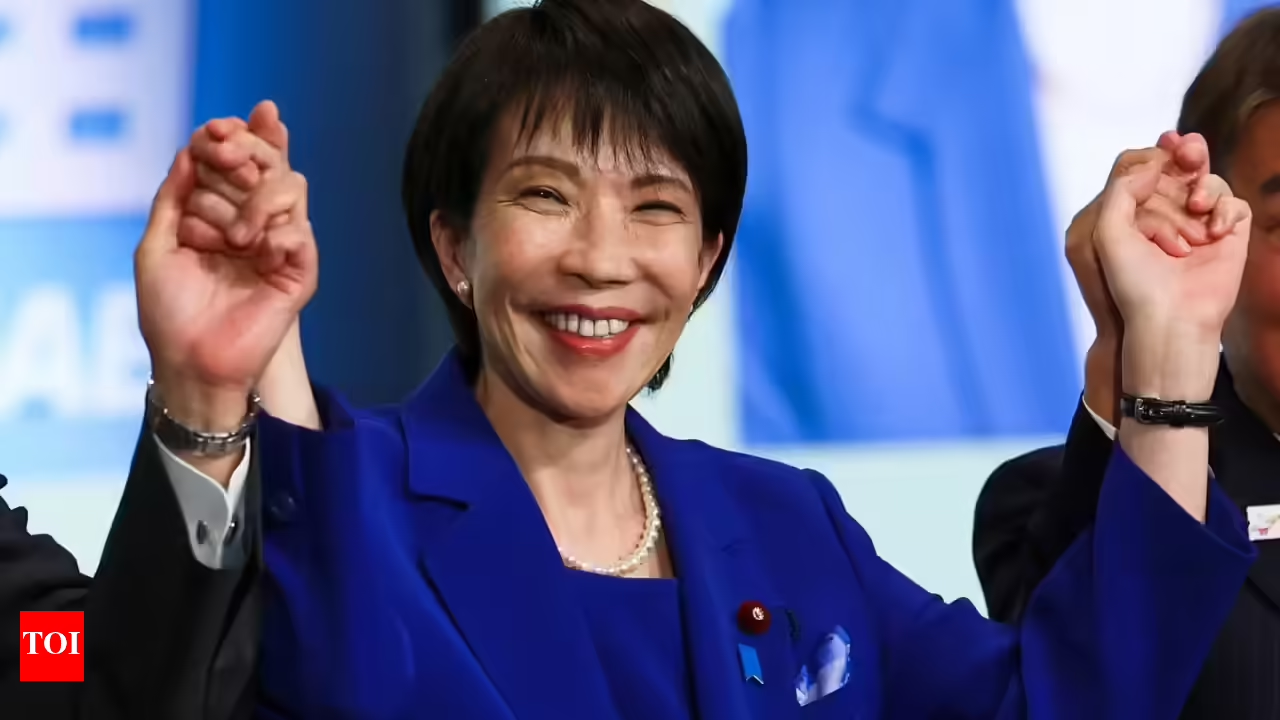
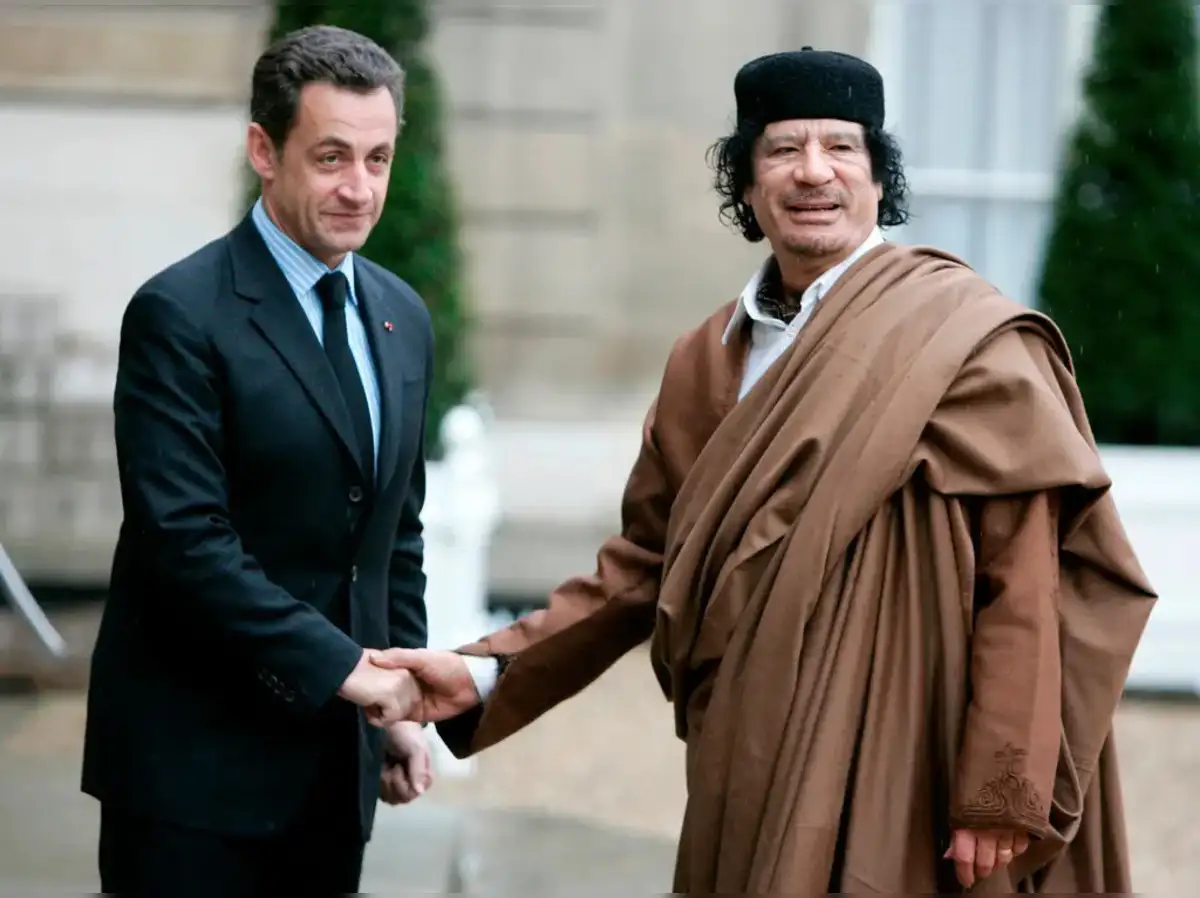









Leave a Reply